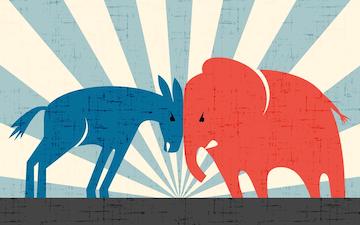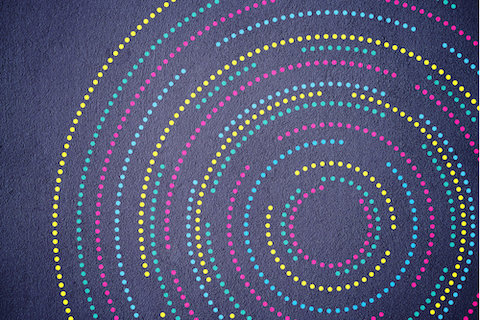Intro
Ever since the 2016 General Election, I have been fascinated with how data can allow us to easily understand why certain candidates perform better than others. I have grown to appreciate data visualization through reading platforms such as 538 and the NYTimes. I appreciate how data visualization can be used to tell a story, and these sources have inspired me to tell a new story about elections through data by myself, which is why I enrolled in Data Visualization, and it is also the motivation for this project. As you read through this project, you will gain a better understanding about historical trends and indicators of U.S. national election results.

